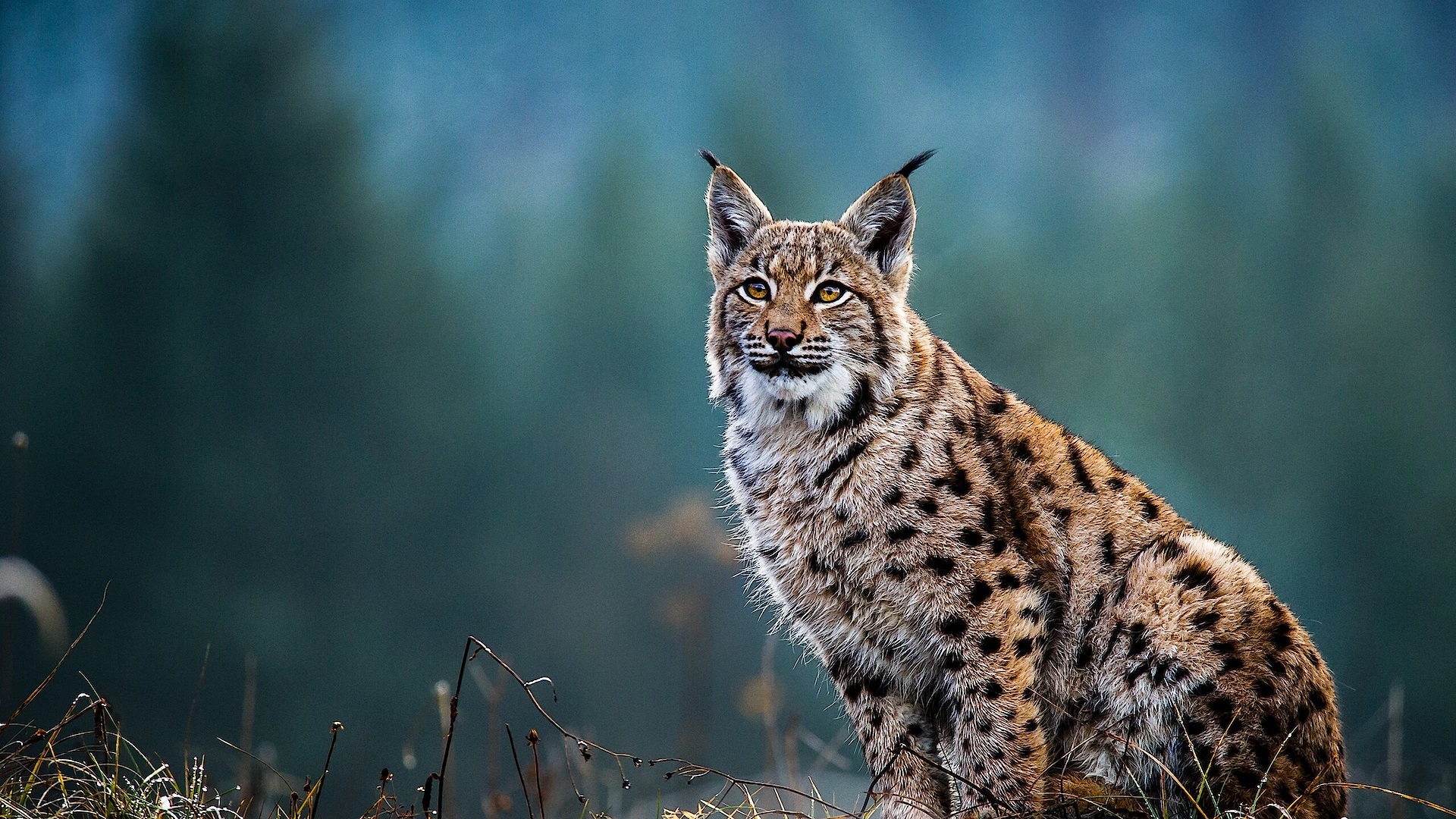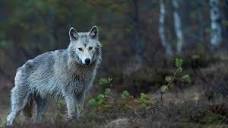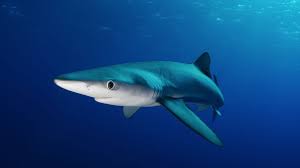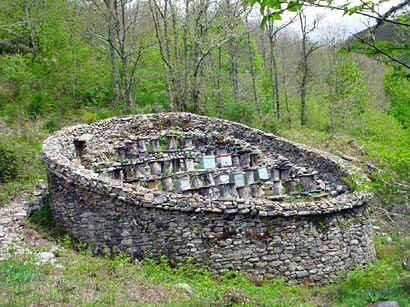
Eurasian Lynx
Eurasian Lynx: found across Russia, down into central Asia, Eastern and Northern Europe: After reaching its minimum around the middle of the 20th century, it has recovered in different directions. While no where near its natural numbers in much of its range, it has expanded numbers in the north in Scandinavia, and the north-west Scandinavia. Reintroduction schemes have also reintroduced them to the Austria, Slovenia, Switzerland (and France) and Poland. There are currently thought to be around 50,000 left in the wild, however their distribution is highly varied from country to country, and there are many areas where they are locally extinct.
After the countries biggest ever wolf cull, now Sweden is going to allow hundreds of Lynx to be hunted
- Tim
- April 7, 2023
Licenses to kill 201 lynx have been given, just weeks after a wolf cull where dozens of wolves were killed. In the case of the wolves, despite 300 being declared the minimum by scientists, the government has set the minimum at 200 – thought to be an effort to appease the hunting lobby.
Return of the bear wolf and lynx to France and western Europe
- Tim
- March 11, 2022
The recovery of wolves bears and lynx over the last several generations in western Europe has been nothing short of astounding. In the 1960s the population of the iberian wolf did not number more than a few hundred, yet now there are 2500. Similarly, bears got very low but now more than 300 roam – …...
Should the lynx return to the wild in the UK?
- Tim
- August 18, 2021
I am always interested when one of the biggest newspapers in the country, echo a sentiment that I have been talking about in this blog. Do not worry, I have no thoughts of grandeur – there news has not been prompted by this blog. However, it is highly encouraging when someone else is saying the …...
Iberian Lynx continues to recover
- Tim
- March 14, 2021
Back in 2002 there were only 94 Iberian lynx left in the wild. This wild cat had declined for a number of reasons, unfortunately all down to humans. The main threat to Iberian lynx was the loss of their main prey. Back in 1952 a doctor, fed up of rabbits overrunning his garden, introduced Myxomatosis. …...
A second attempt to introduce lynx into Northumberland is being proposed
- Tim
- February 20, 2021
The UK has been predator free (at least large predators that can threaten humans and have to regularly kill to survive) for roughly 300 years. Wolves disappeared around 300 years ago, bears are thought to have gone extinct around 1,000 years ago and lynx are thought that have gone extinct about 1,300 years ago.
Iberian lynx has recovered when astounding degree
- Tim
- November 15, 2020
In 2002 the Iberian lynx population fell to an estimated minimum of just 94 cats. In the latest count that number is now 844, and experts are now saying that if this climb continues the Iberian lynx could no longer be endangered by 2040 (it’s thought by this time there could be 3000 Iberian lynx …...
Predator recovery across Europe – Part 3 – Lynx
- Tim
- March 25, 2018
The Lynx is thought to number around 10,000 individuals across Europe. There are more smaller populations that have been created following reintroduction programmes so I will not break these down in the same way. There are two species of lynx within Europe (these are significantly different animals and would likely be incapable of breeding together, …...
Lab grown milk could arrive in shops by 2024 – without the cows or carbon
- Tim
- September 8, 2023
Milk is an important part of the diet of many people in the west, alongside other dairy products. It has, in recent years been one of the problems: while many people have cut down on eating beef, far fewer has cut down on dairy – but now, if you do not eat beef, you can …...
Serbian wildlife crime a potential threat to its continual survival in the country
- Tim
- August 31, 2023
Due to the low numbers of all of the large mammals that live in the country, poaching could rapidly threaten the survival in the country. Might this sight become a part of history in serbia. It is better for the country if this does not happen. Currently, about 500 wolves survive, 50-60 bears and perhaps …...
What will the Ukraine war have on wildlife?
- Tim
- March 12, 2022
I do not know how many of my readers follow current affairs closely, though I follow them. Are wars good for wildlife, or are they bad? Unfortunately, it completely depends. I suspect that on the whole, it depends on the wildlife in question. Several times during wars, it was thought that the European bison had …...
Is the UK going to start being more ambitious in the animals it chooses to reintroduce?
- Tim
- February 24, 2022
The UK has plans to start reintroducing bison to the UK. While this is very exciting, these are large animals and when they are allowed to roam free they could hurt humans. This is highly unlikely for any one individual, but may occasionally cause significant injury when looked at as a whole. Why do I …...
Has myxomatosis leapt species from rabbits to hares?
- Tim
- February 10, 2022
Rabbits are not native in the UK. They were introduced about 1000 years ago. the first Myxomatosis outbreak in the uk was in 1953. There have been various foolish uses of this disease (the Iberian Lynx is largely only threatened with extinction because it relied heavily on rabbits for food, and these disappeared when myxomatosis …...
Norway continues to ignore science, but the wolf cull has been halted (for now)
- Tim
- February 1, 2022
Norway is a large country with only 5.4 million population. One would think therefore, that there would be plenty of space for healthy populations of wildlife. Indeed, one would be correct. However, they draw the line at wolves. At the start of the year, there was roughly 80 wolves in Norway. It seems foolish to …...
Could Bialowlieza forest be destroyed by forests on borders?
- Tim
- December 16, 2021
Around the world we are in a period where there are lots of people struggling where they are. Whether due to weather or war or crime, there are significant numbers of people who are on the move. Perhaps the most famous is the border wall that Donald Trump ran on. Given that almost all of …...
South African cheetah to be introduced into India
- Tim
- November 17, 2021
There is an impressive wealth of cats living in India. From the Indian tiger (known throughout the world) to the Asiatic lions last home- the gir forests of west india (the asiatic lion once roamed across Asia, throughout southern Europe, across northern and western Africa – therefore there are probably more “Asiatic” lion in Africa …...
Should bears be returned to the wilds of the UK?
- Tim
- August 20, 2021
If you follow this blog regularly, you will have read yesterday and the day before on the reasoning for reintroducing Lynx and Wolves. As I wrote, Lynx should be a simple choice. I believe that Wolves follow a similar logical route, that suggests that the reintroduction would either save or make far more money that …...
Should the wolf return to the wild in the UK
- Tim
- August 19, 2021
Yesterday, I wrote an article on whether the Lynx should be returned to the UK (returning to the home page will allow you to read it). As a medium sized cat, that hunts by ambush and restricts itself to forests, reintroducing it should be a relatively simple decision. The wolf does not fit into this …...
On pure numbers of fatalities (not to mention cost, simplicity and and health of our ecosystems), wolf reintroduction is a no-brainer
- Tim
- March 7, 2021
In the half a century running up to the year 2002, there are only 8 recorded fatalities from wolf attacks across the whole of Europe and western Russia. Also when thinking about this number we need to remember that the majority of these sorts of occurred in parts of the world where there are many …...
Do we have a moral responsibility has humans to return wild animals that we have pushed to extinction back into former habitats
- Tim
- September 3, 2020
In most cases I would say that the answer to this is relatively simple. If we were the cause of an animal going locally extinct we should bring it back. Obviously if there is none of that species left this is impossible. In a number of species at the moment, we might not have reached …...
Irony of bolsonaro who denied the seriousness of coronavirus now has contracted it
- Tim
- August 7, 2020
With one of the worst outbreaks in the world rapidly catching up with the state of the American outbreak in Brazil is quite scary. President jair bolsonaro has continually mocked coronavirus as the little flu and despite being ordered by various parts of the Brazilian authorities to wear a mask has continually refused to do …...




